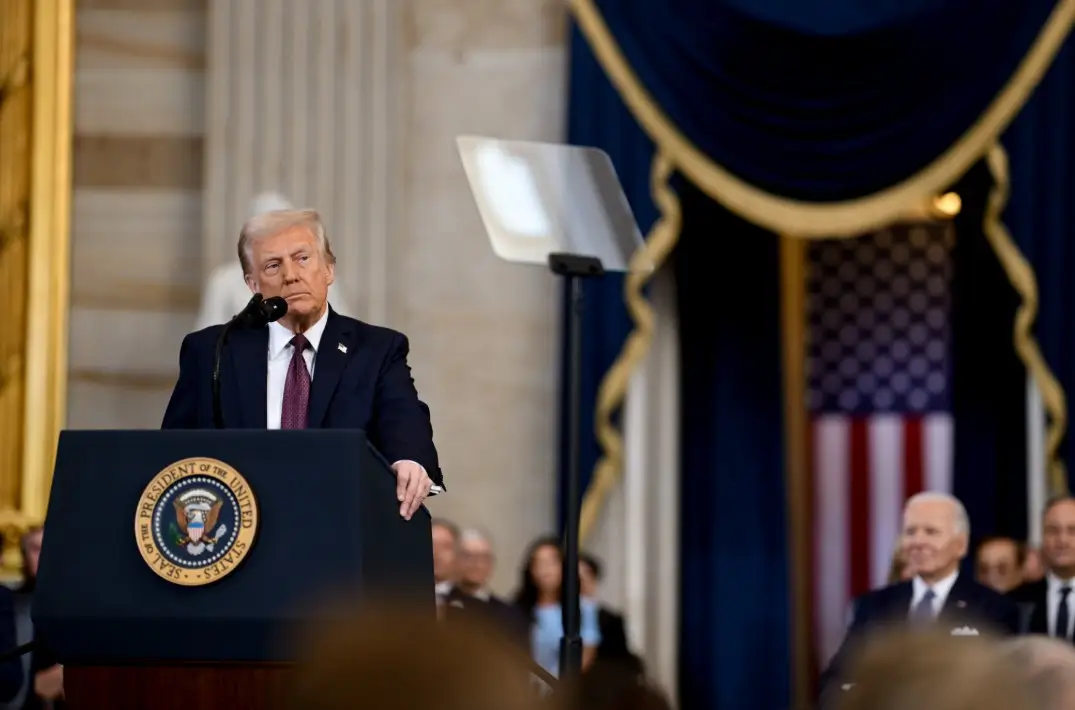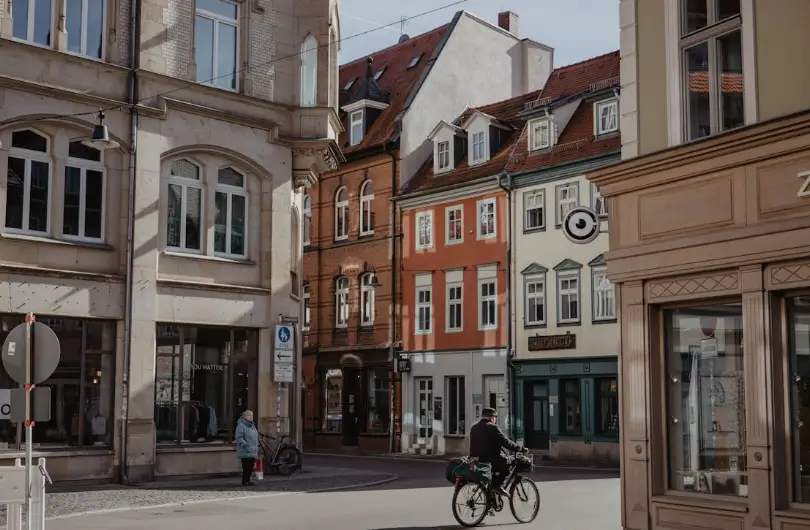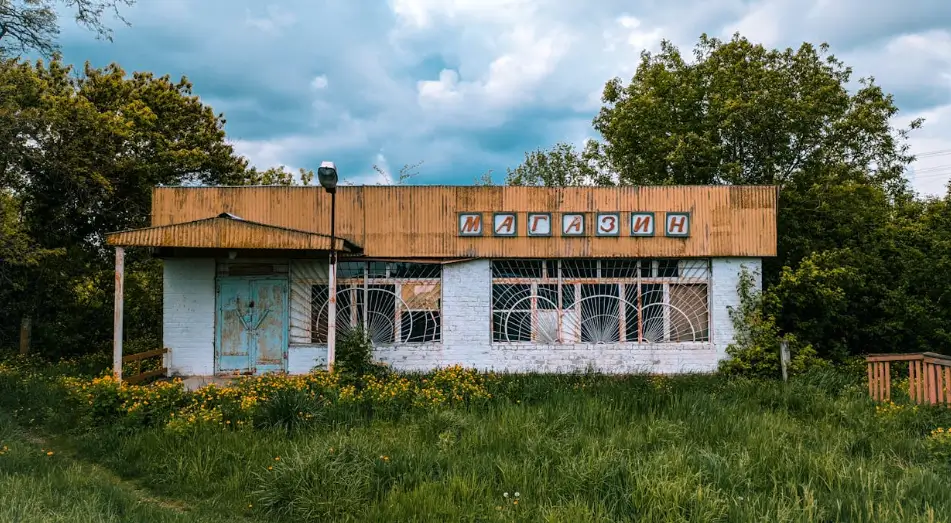
The Struggle on Main Street
Walk down the main street of a struggling city and you’ll see the same thing. Empty storefronts. Papered windows. A “For Lease” sign that’s been sun-bleached into near invisibility. People say, “It’s the economy.” But sometimes, it really isn't. Sometimes it’s the zoning code.
Because long before a business opens (or never does) a city’s rules have already decided what’s allowed, where, and how hard it’ll be. Planning can make or break the local economy. Not by handing out tax breaks or hosting ribbon cuttings, but by setting the stage for everyday possibility.
The Hidden Hand of Planning
Every business owner depends on planning, whether they know it or not. Where can they open? Can they serve food outdoors? How much parking do they need? What kind of sign can they hang? These are all planning questions. And when the answers are complicated, slow, or outdated, the chances of a business ever existing slowly disappear.
Cities love to say they’re “open for business.” But if your zoning map still thinks mixed-use means chaos, you might just be liable for false advertising. The irony is that cities don’t usually mean to stifle growth, not really. They just haven’t updated the invisible current that business runs on: the rules.

It’s not all about tax incentives or glossy marketing. Sure, these help, but most entrepreneurs are looking for something simpler: predictability and possibility. Businesses want predictable permitting so they know if their project will be approved this year or the next decade. They want flexible zoning that lets a coffee shop open beside a yoga studio without rewriting the code. They want walkable customers close enough to stay open past 5 PM, and visibility so people can actually find them without bans on signs bigger than a street number. Cities that get this right build ecosystems where risk feels manageable, where a small business can test an idea, pivot, and grow without being strangled by red tape. Vibrant cities rarely happen by accident; they’re designed for adaptability.
Outdated Codes, Modern Consequences
Outdated zoning codes are like dial-up internet, you can technically still use them, but they’ll drive everyone crazy. When cities separate every use, residential here, commercial there, they kill the overlap where economic energy happens. That corner bakery that could’ve opened next to an office? Illegal. That coffee shop that wanted outdoor seating? Denied. That small brewery that wanted to host live music? Requires a special use permit, public hearing, three staff reports, and a prayer. We end up designing safety into stagnation. And then we wonder why the local economy feels dead. The truth is, rigid planning kills creativity. The more barriers between a good idea and its execution, the fewer good ideas survive.
Planning for Possibility
You don’t have to be a megacity or a tech hub to get this right, you just need to align planning with possibility. Cities can start by modernizing their zoning. Outdated codes often separate uses in ways that make new businesses nearly impossible to open. Revising zoning to support flexible, mixed-use areas lets people live, work, and shop within walking distance. Downtowns thrive when housing, offices, restaurants, and retail share the same blocks. The best incentive for business isn’t a tax break, it’s foot traffic. People walking by your storefronts are the economic development strategy.
Cities should also rethink parking minimums. Parking requirements were written for a car-dominated era. For many small businesses, they create expensive, unused space that drains budgets and wastes land. Replacing strict minimums with shared or district parking options makes development more feasible. Encourage transit access, bike parking, and walkable environments instead of empty asphalt lots. Less pavement means more room for storefronts, housing, and outdoor life.
Streamlining approvals is equally important. Time is money...and lots of it. Long permitting timelines and multi-step reviews discourage investment. Simplifying approvals with clear timelines, staff-level decisions for small projects, and transparent checklists helps businesses launch faster. Predictability is powerful! It builds trust and reduces the cost of uncertainty. Cities that move efficiently attract entrepreneurs who can’t afford to wait a year or more to open their doors.
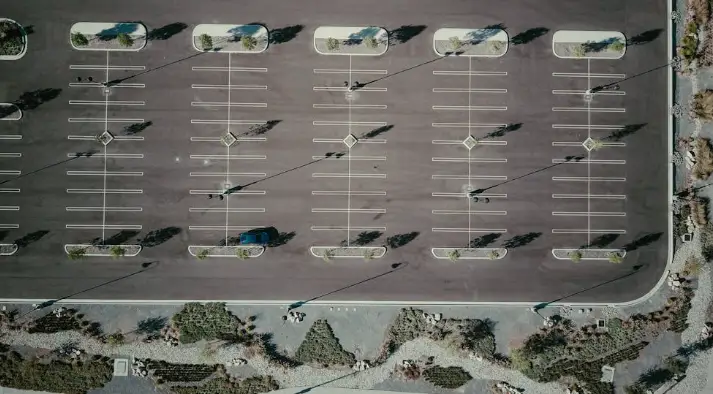
Encouraging adaptive reuse is another game-changer. The most sustainable building is the one that already exists. Give outdated or vacant structures a second life by removing unnecessary hurdles for change of use. A church can become a coworking hub; a warehouse can turn into a brewery or art studio. Adaptive reuse preserves history, reduces waste, and sparks creative business opportunities in forgotten places.
Cities should also empower local design. Too often, regulations overcorrect by controlling every facade color, window shape, or awning in the name of “character.” True character comes from diversity. Let small businesses express themselves through design that fits their story while respecting context. Encourage flexible design guidelines instead of rigid conformity. A little variation makes a street feel alive and authentic.
Good planning is more about coordination than control. When you align land use, transportation, and public space around human behavior instead of bureaucratic convenience, you create a landscape that feels alive.
What Jane Jacobs Would Say

If Jane Jacobs walked through a lifeless downtown today, she wouldn’t blame “market forces.” She’d look at the code. She’d point to the blank sidewalks and empty second stories and say, “The city forgot its people.” Jacobs believed that economic vitality came from diversity of uses, of buildings, of people. She fought for neighborhoods where a shoe repair shop could sit next to an apartment, next to a diner, next to a bookstore. That messy mix wasn’t chaos. Rather a vibrant picture of stability. Unicorn planners, and sometimes cities chasing business headlines, still make the same mistake Robert Moses did: thinking you can engineer life from above. But like most people know life doesn’t follow blueprints. Rather, it follows opportunity.
The Real Zone of Possibility
If you want to attract business, start with the basics: let people do interesting things near other interesting things. Simple right? Do you like hanging out with boring friends? Neither does businesses. When planning allows proximity and flexibility, commerce happens naturally. When codes loosen their grip, entrepreneurs show up. When streets are walkable, customers follow. Cities don’t need to chase the next Amazon HQ; they just need to make it easier for the next bakery, barber, or bookstore to open without ten hearings and a consultant report.
Economic development isn’t a department, it’s a byproduct of freedom, design, and good governance. A healthy city doesn’t “create” business...nor does it really want to. Rather a healthy city cultivates it. Gives it that room to breath. To spread their wings and fly...so to speak. Because zoning is more than just lines on a map, it’s a statement of values. It says what your city believes is possible. But if your code says “no” more than “let’s see what happens,” don’t be surprised when nothing happens.*
Cities don’t grow because they have the right slogans. They grow because they give people space to try, fail, and try again. And isn't that just like life? You succeed by trying, failing, and trying again...until you get it right? But first, you have to have that freedom...to fail...to succeed. Planning can’t create entrepreneurs, but it can create the conditions where they thrive. The most pro-business thing a city can do? Stop making innovation illegal.
%20(1200%20x%20237%20px)%20(300%20x%2059%20px).webp)
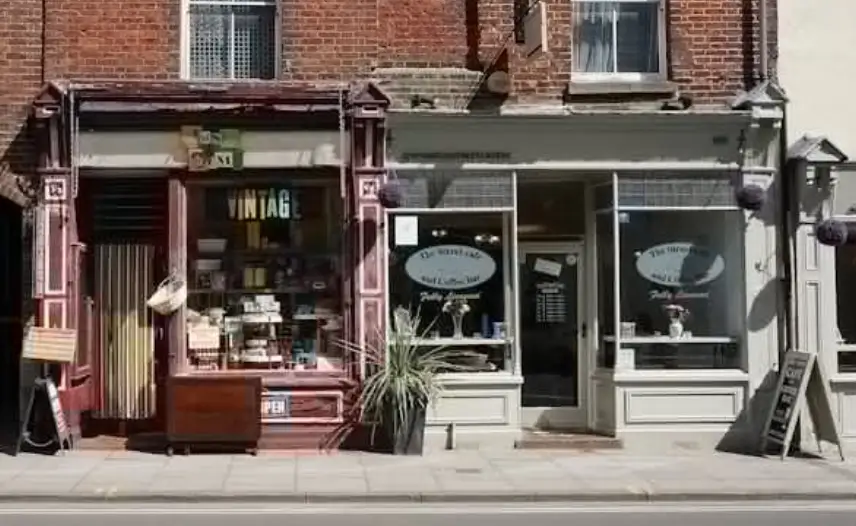
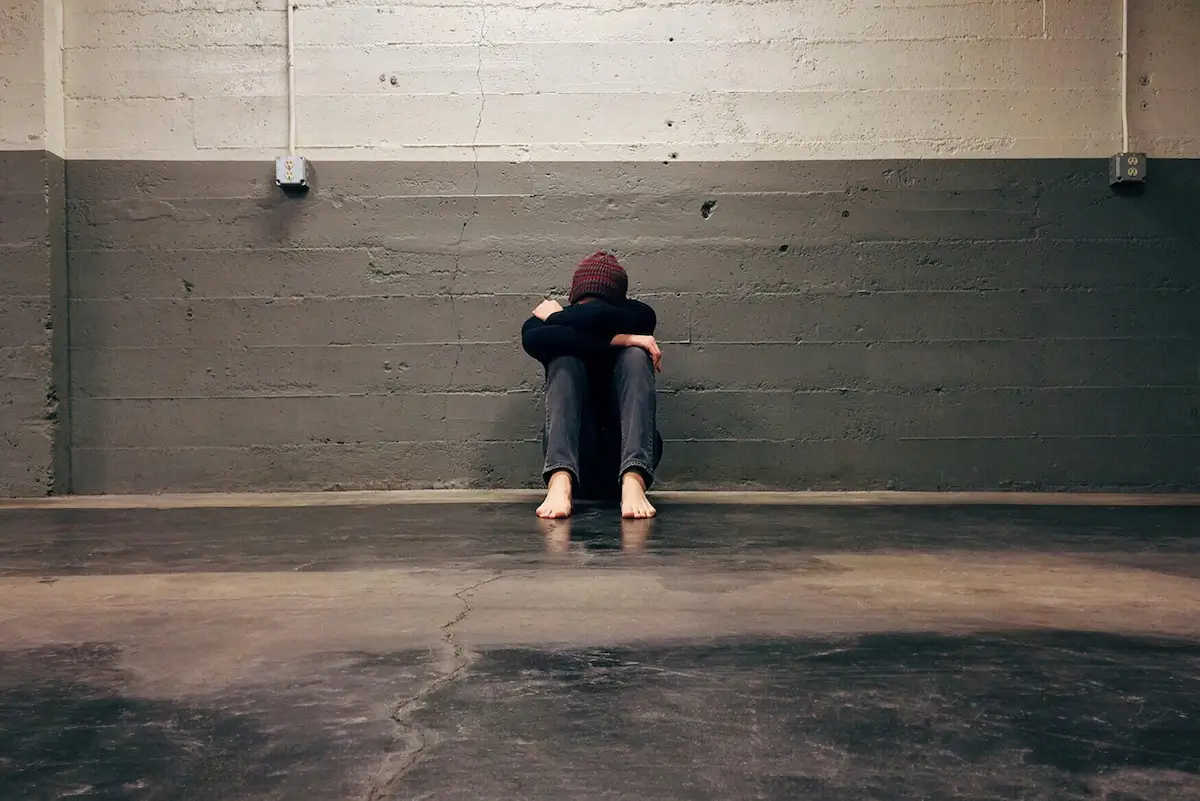
.webp)
